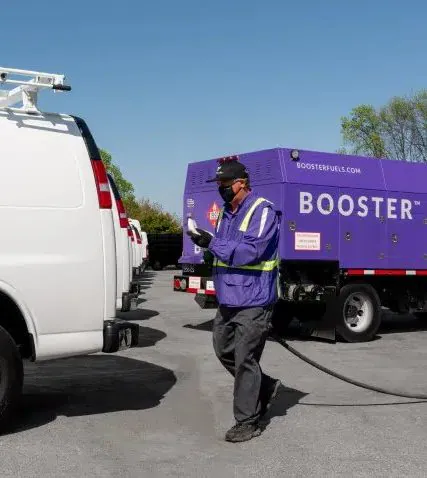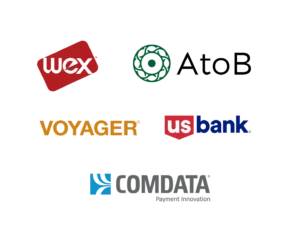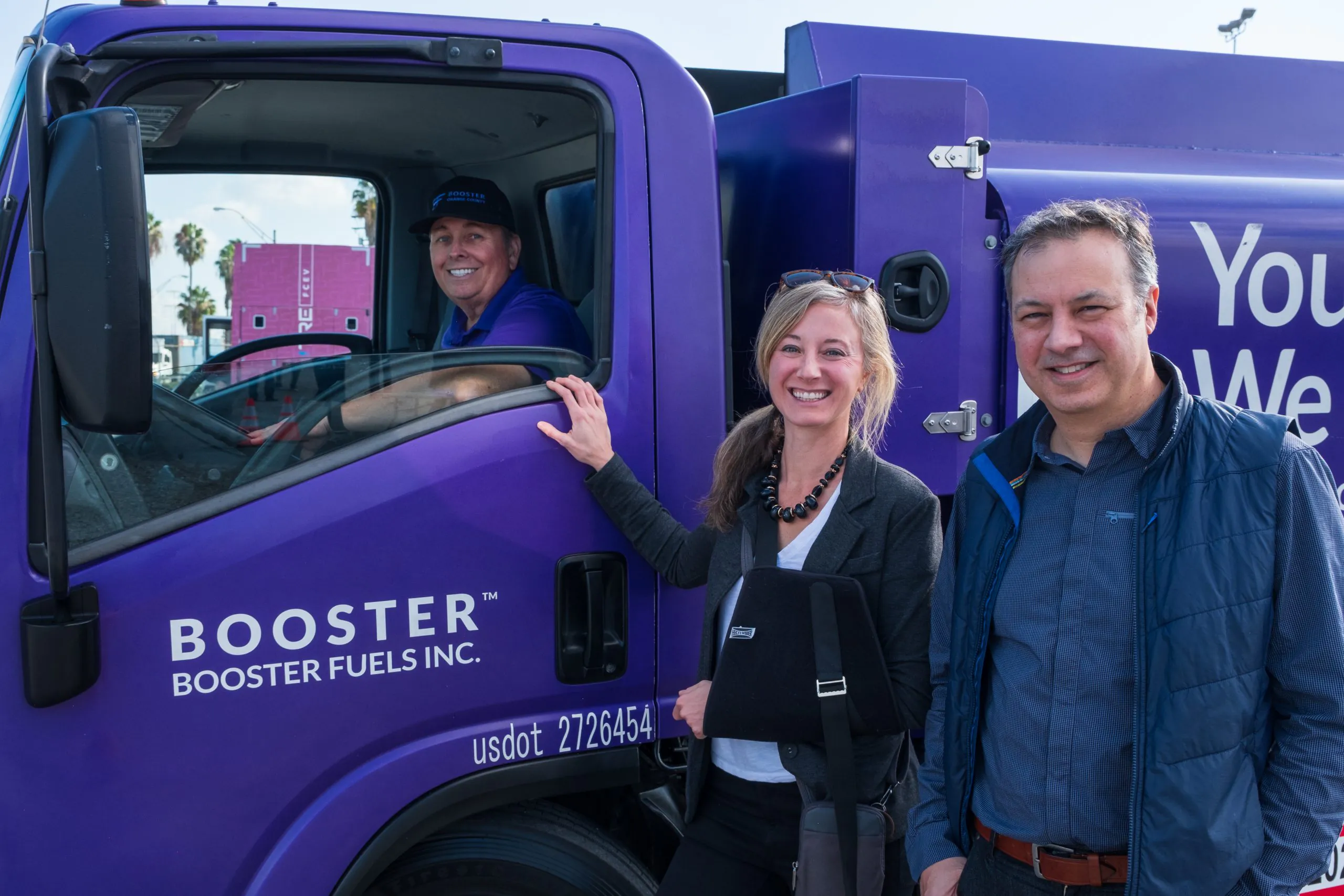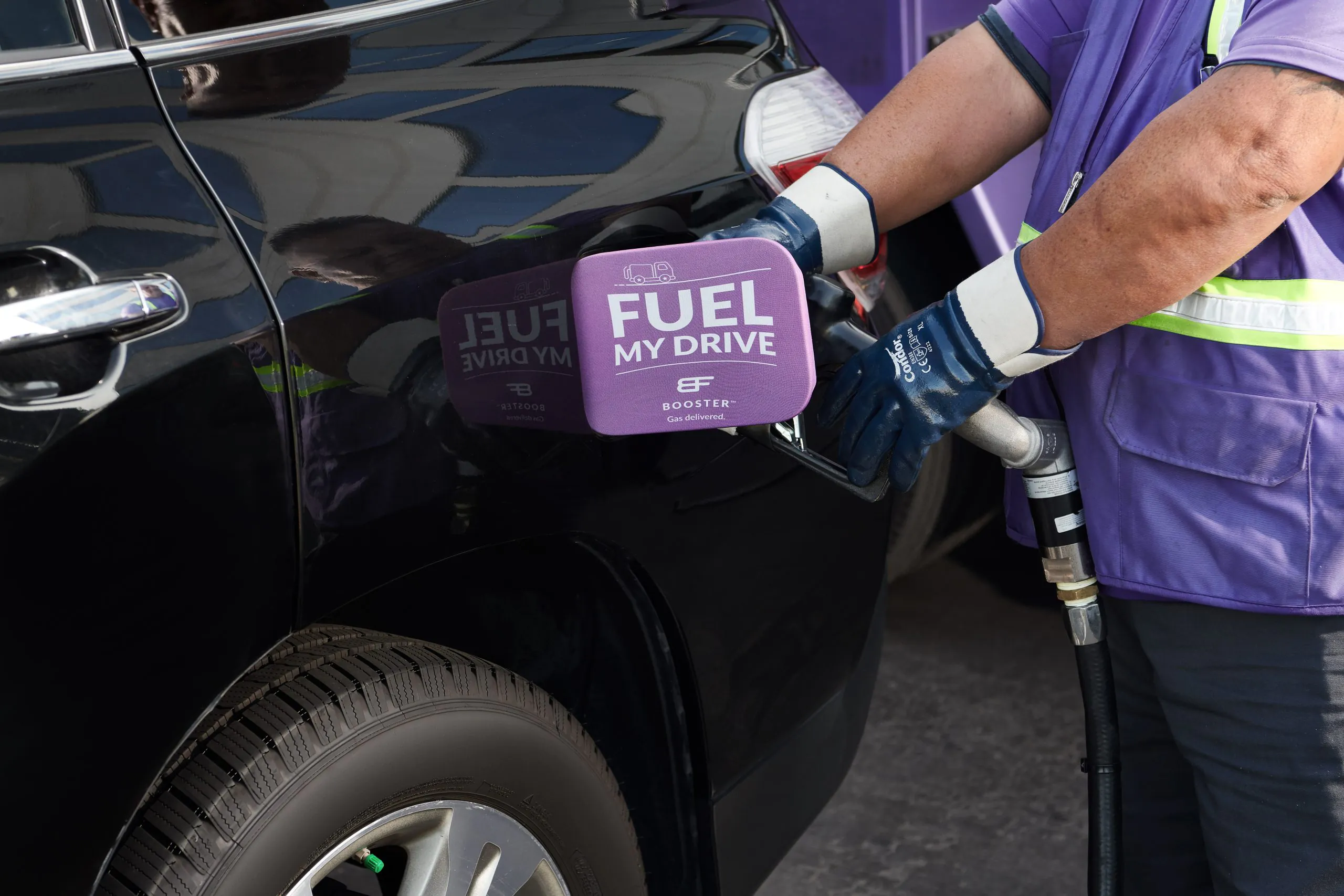

Technology Prevents Fuel Fraud Across
Your Fleet
Partner with us to stop fuel theft in its tracks.
Fuel card fraud and slippage can be a significant pain point for fleet owners. Industry figures estimate
5-10% of a fleet’s annual cost goes to theft or misallocation. As traditional fuel prices rise, fraud eats into profits and affects your bottom line.
Partner with Booster to prevent fuel theft across your team and reduce waste.
Identifying Fraud
Fuel theft is a sneaky business that can take many forms, from siphoning fuel and misusing fuel cards to manipulating the system.
Mileage Creeping
Mileage creeping happens when an employee inflates their mileage figure on internal reimbursement requests. This is one of the most common forms of fuel fraud because it is usually done in small amounts that can go easily unnoticed.
While employees may see these small additions as harmless, the discrepancies between the reported and actual mileage can lead to significant financial losses quickly over teams and over time.
Fuel Card Fraud
Fuel cards are often marketed as a way to eliminate fuel fraud, but people can misuse their company-provided fuel cards by simply using the card to fuel an unauthorized vehicle or fuel cans (“side fueling”) or adding personal items to fuel purchases ("slippage"). Not only does this impact profits, it complicates fleet fuel expense management.
According to our own clients, 71% of have had to terminate an employee due to fuel card misuse.
Card Skimming
Physically using cards on-site at a gas station can unknowingly expose your company to skimming devices that have been illegally installed on a fuel pump to capture card data and record cardholders’ PIN entries to use for unauthorized purchases and theft. These devices are often extremely difficult to detect.
The U.S. Secret Service has reported to finding 30 skimming devices every week at gas pumps, with each device able to hold the information of up to 80 cards.
Prevention through Outsourcing:
Get Your Fuel Delivered
Fleet managers looking to mitigate fraud associated with fuel card use can outsource refueling to mobile fuel delivery services.
Booster’s on-site, on-demand fuel delivery service eliminates the opportunity for fuel card fraud. We also provide you with data that offers visibility into fleet fueling habits, along with the actionable insights needed to keep fleet fueling costs under control.
Learn More about Our Fuel Delivery Services
A 360° View of Your Fleet
Our Fleet Portal puts the power of data in your hands.
You can easily order, monitor, and quantify all fuel ordered for each vehicle in the fleet with the click of the button.
Monitor Your Fleet with Automatic Tank Gauging Systems

Think of automatic tank gauging systems like an all-knowing oracle for your fuel tanks. They oversee the fuel levels and tank capacity across all the vehicles in your fleet to help you optimize when to refuel and see when a tank is full.
By integrating with telematic systems like these, we allow you to track your vehicles’ fuel tank levels in real-time, allowing you to spot sudden drops that may mean either fuel siphoning or leaks.
Enhance Your Fleet Security with GPS Tracking

Real-time tracking informs precisely where your vehicles are at any given moment. By monitoring where your vehicles are and where they’ve traveled, you can immediately understand how much fuel they are using and why. You can compare the data to their assigned jobs and routes to look for discrepancies with assignments and to the tank gauge readings to reconcile their travel behavior with their fuel used.
As a preventative tool, we also let you set alerts for odd events like a vehicle going off course or sudden fuel level changes.
Level Up Your Fleet with Smart Fuel Cards

Think of smart fuel cards as your financial watchdogs. They’re not your ordinary fuel cards; they’re smarter. They let you track who uses the card, when, and how much fuel they purchase, allowing for seamless monitoring.
We also let you set limits on the amount, the fuel type, and even the locations where the cards can be used.
Booster integrates with fuel card programs and billing systems like WEX, Voyager, USBank, AtoB, and Comdata.
Remember: The key to preventing fraud is regular audits and reconciliations. We help you by providing you with comprehensive analytics. Finding fraud is detective work, cross-checking fuel purchased with the fuel used and with the assigned routes your fleet.
Best Practices Stop Theft Before It Starts
While technology is a great tool of prevention, building a strong foundation within your company creates trust and transparency and a community mindset where people look out for the team.
To prevent fuel theft and card fraud, Booster recommends:
Ritualize Data Sharing: Share fuel costs, route efficiency, and appropriate budget data with your drivers to underscore your company’s attention to detail and to celebrate strong quarters.
Train & Retrain Employees Regularly: Provide ample opportunities for your drivers and team members to learn the official fuel use policies and ask questions to make sure no thefts happen because of lack of understanding. Sharing one-sheets and wallet cards with vital information around fuel card use can also help drivers feel like they always have an answer at their fingertips.
Provide Robust Policies Around Company Property: Create clear and concise policies that leave no room for confusion so that employees know the boundaries of fuel purchasing and fuel card use.
A culture of responsibility and awareness helps everyone prevent theft.

Learn More About the Benefits of Partnering with Us
Booster solves a variety of business challenges regardless of your fleet size. Learn more about the other benefits of partnering with us:
If you’re interested in learning more about our services in your area, contact us today.


